
Chronicling the tales of our past 📜 —
Thread catalogue in the Highlights section.
3 subscribers
How to get URL link on X (Twitter) App


 In this age England was something of a second rate power.
In this age England was something of a second rate power.

 It is probably best to start with some details about Ragnar, his life and adventures have become so intertwined with fable it is rather difficult to disern the truth.
It is probably best to start with some details about Ragnar, his life and adventures have become so intertwined with fable it is rather difficult to disern the truth.

 The Great Heathen Army is itself shrouded in myth and fable, according to Norse Sagas it was launched by Ragnar Lodbrok's sons in response to his death at the hands of King Aella.
The Great Heathen Army is itself shrouded in myth and fable, according to Norse Sagas it was launched by Ragnar Lodbrok's sons in response to his death at the hands of King Aella.

 Dumbarton Rock was an attractive target, it guarded both the Clyde and Leven rivers, and thus the access to the river systems of Lowland Scotland.
Dumbarton Rock was an attractive target, it guarded both the Clyde and Leven rivers, and thus the access to the river systems of Lowland Scotland. 

 Robert the Bruce was born on the 11th of July 1274, likely at Turnberry Castle.
Robert the Bruce was born on the 11th of July 1274, likely at Turnberry Castle.

 John Smith was born in Lincolnshire sometime around 1579.
John Smith was born in Lincolnshire sometime around 1579. 

 Little is known of Hudson's early years, he was likely born in about 1565 in England.
Little is known of Hudson's early years, he was likely born in about 1565 in England. 

 Columbus was not the first European to step foot on the Americas, that honour belongs to Viking explorer Lief Erikson in about 1000 AD.
Columbus was not the first European to step foot on the Americas, that honour belongs to Viking explorer Lief Erikson in about 1000 AD.

 Morgan's background is a bit obscure, his exact birthplace is unknown, but best guess is he was born in 1635 near Llanrumney (Cardiff).
Morgan's background is a bit obscure, his exact birthplace is unknown, but best guess is he was born in 1635 near Llanrumney (Cardiff).

 Port Royal was a major trading port on the island of Jamaica, however it had become a hotbed for debauchery and a popular hideout for pirates and buccaneers alike.
Port Royal was a major trading port on the island of Jamaica, however it had become a hotbed for debauchery and a popular hideout for pirates and buccaneers alike.

 Cortés was born in Medellin in 1485, his family was of the lesser nobility (Hidalgo).
Cortés was born in Medellin in 1485, his family was of the lesser nobility (Hidalgo).

 England was desperate to catch up with their European counterparts, who had by now settled vast swathes of the Americas.
England was desperate to catch up with their European counterparts, who had by now settled vast swathes of the Americas.

 Spain was the main player in the Americas at the time with an empire running from Florida to Cusco.
Spain was the main player in the Americas at the time with an empire running from Florida to Cusco.

 John Hawkins was a prominent sailor of the Elizabethan Age and he had recently been making forays into the New World.
John Hawkins was a prominent sailor of the Elizabethan Age and he had recently been making forays into the New World.

 One of the main problems that plagued ships was food, and how to store it.
One of the main problems that plagued ships was food, and how to store it. 

 Walter Raleigh was born in Devon around 1553.
Walter Raleigh was born in Devon around 1553.
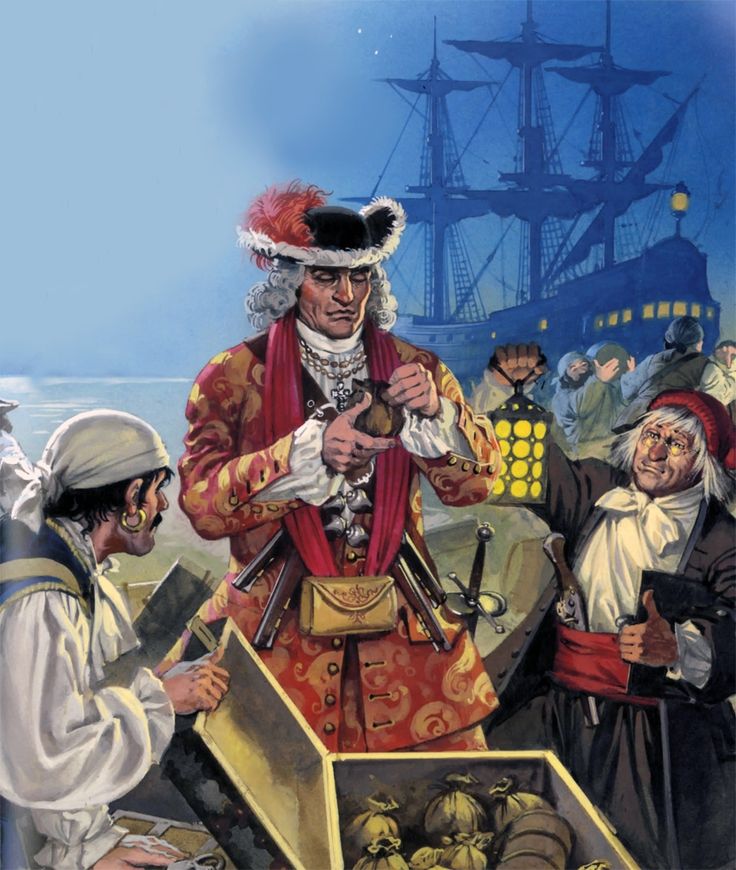
 Bart Roberts was born on the 17th of May 1682, in Pembrokeshire, Wales.
Bart Roberts was born on the 17th of May 1682, in Pembrokeshire, Wales.
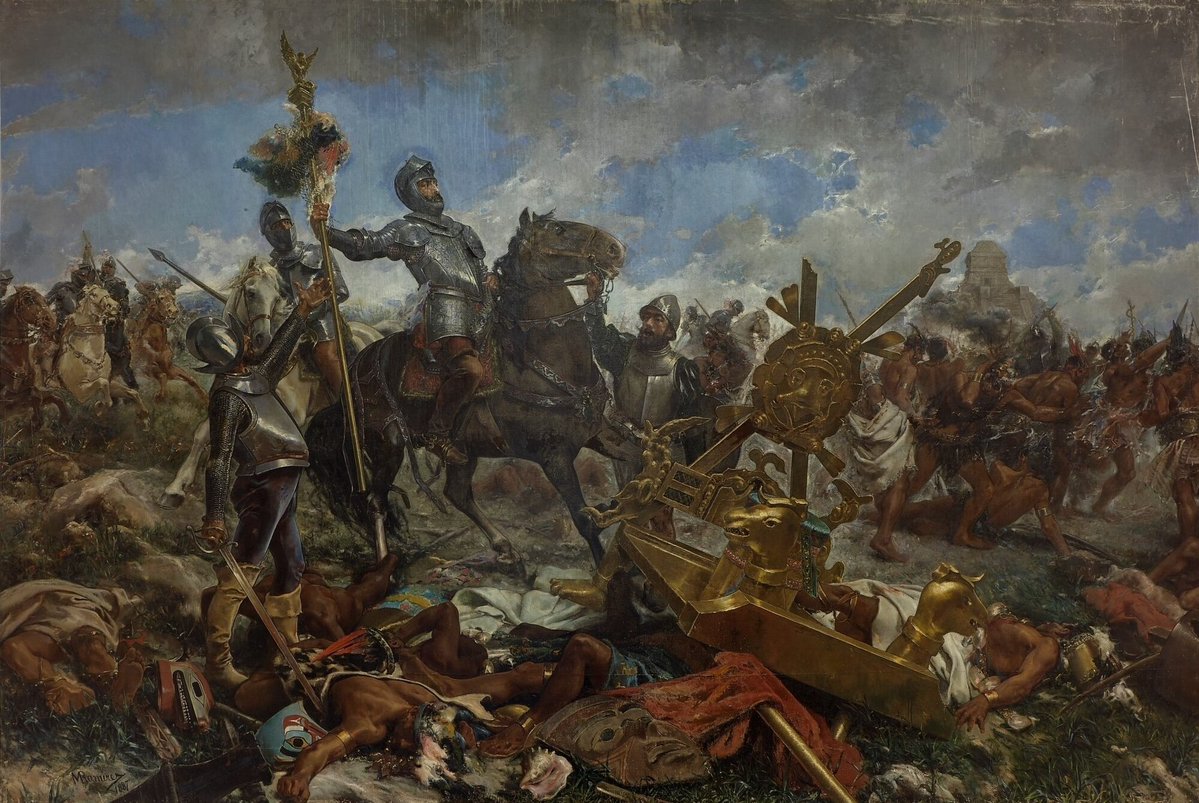
 Cortés and his party had entered Tenochtitlán the past November, relations were rather amicable at first but they quickly soured, eventually leading the Aztec populace to revolt.
Cortés and his party had entered Tenochtitlán the past November, relations were rather amicable at first but they quickly soured, eventually leading the Aztec populace to revolt.

 In 1588 the Spanish Armada had been roundly defeated and with about a 1/3 of the ships falling to make it home.
In 1588 the Spanish Armada had been roundly defeated and with about a 1/3 of the ships falling to make it home. 
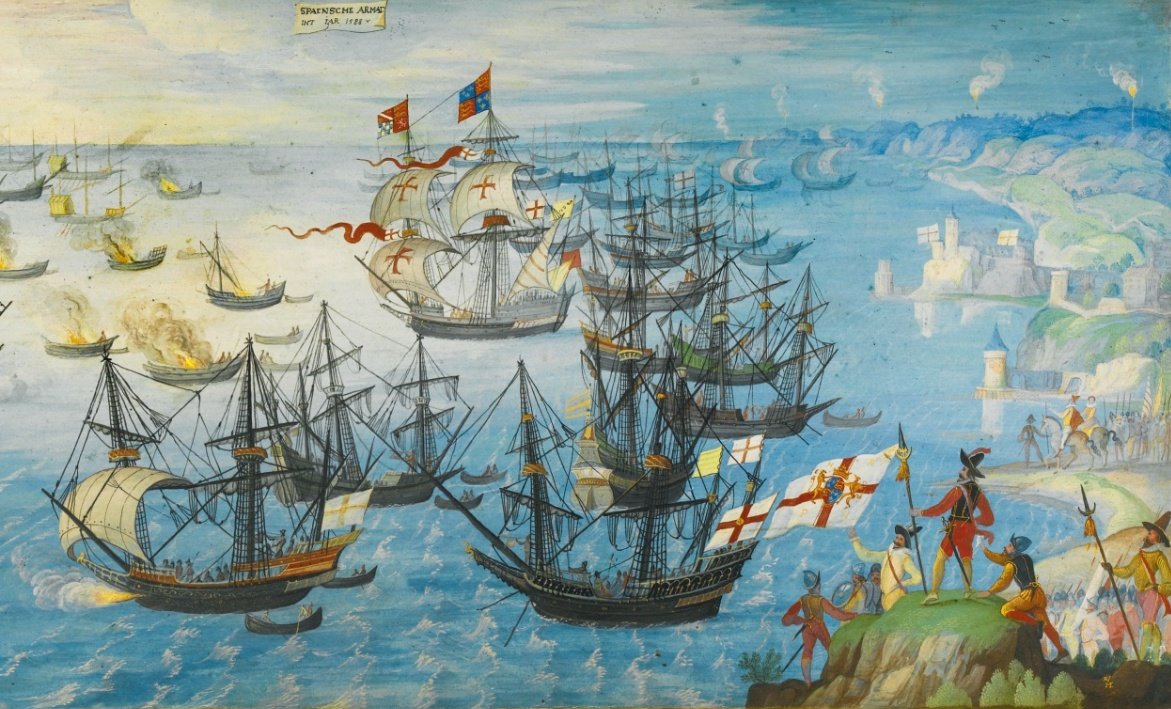
 In the 16th century the Spanish Empire was the dominant power, particularly as they also now had control of the Portuguese crown.
In the 16th century the Spanish Empire was the dominant power, particularly as they also now had control of the Portuguese crown.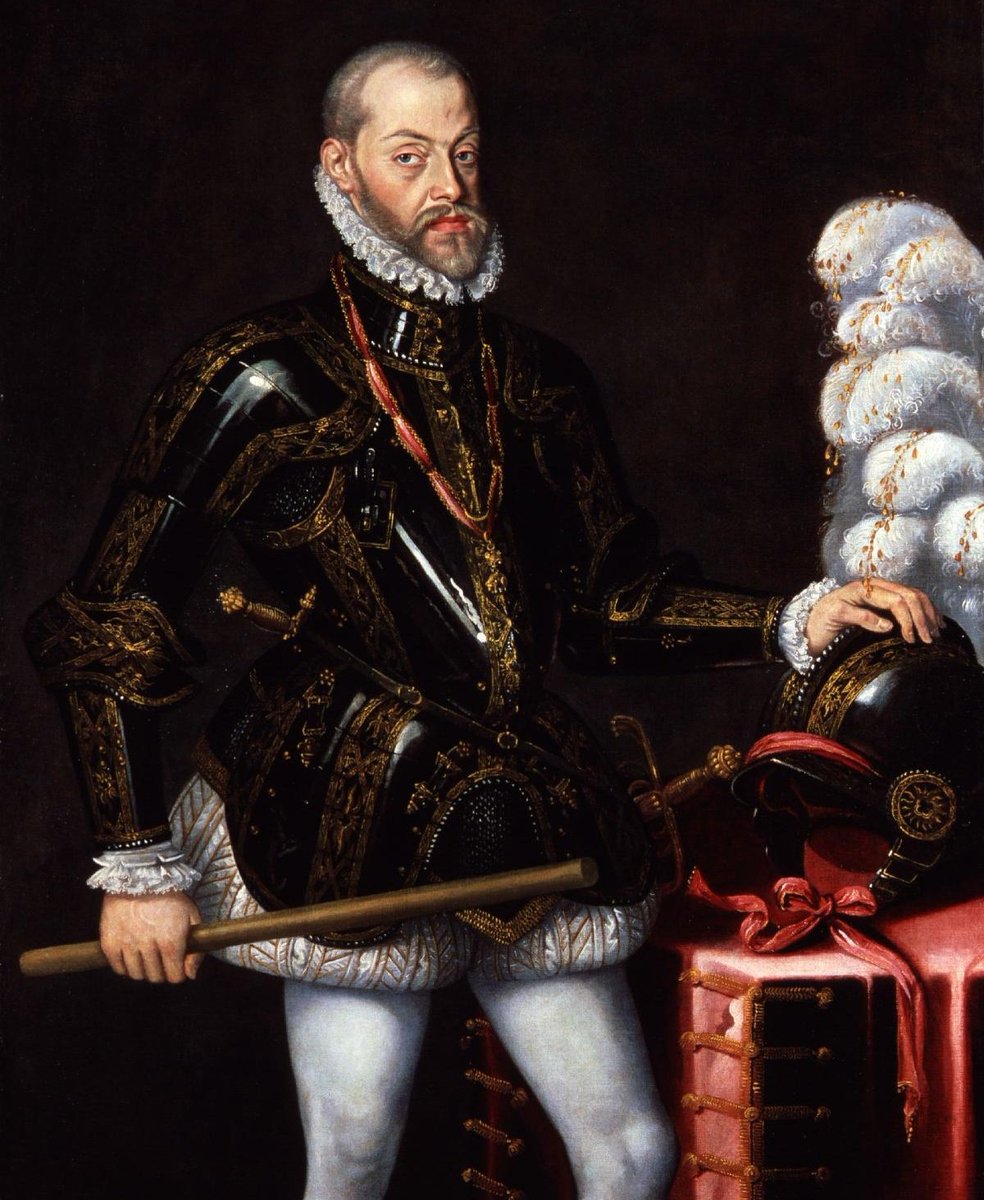
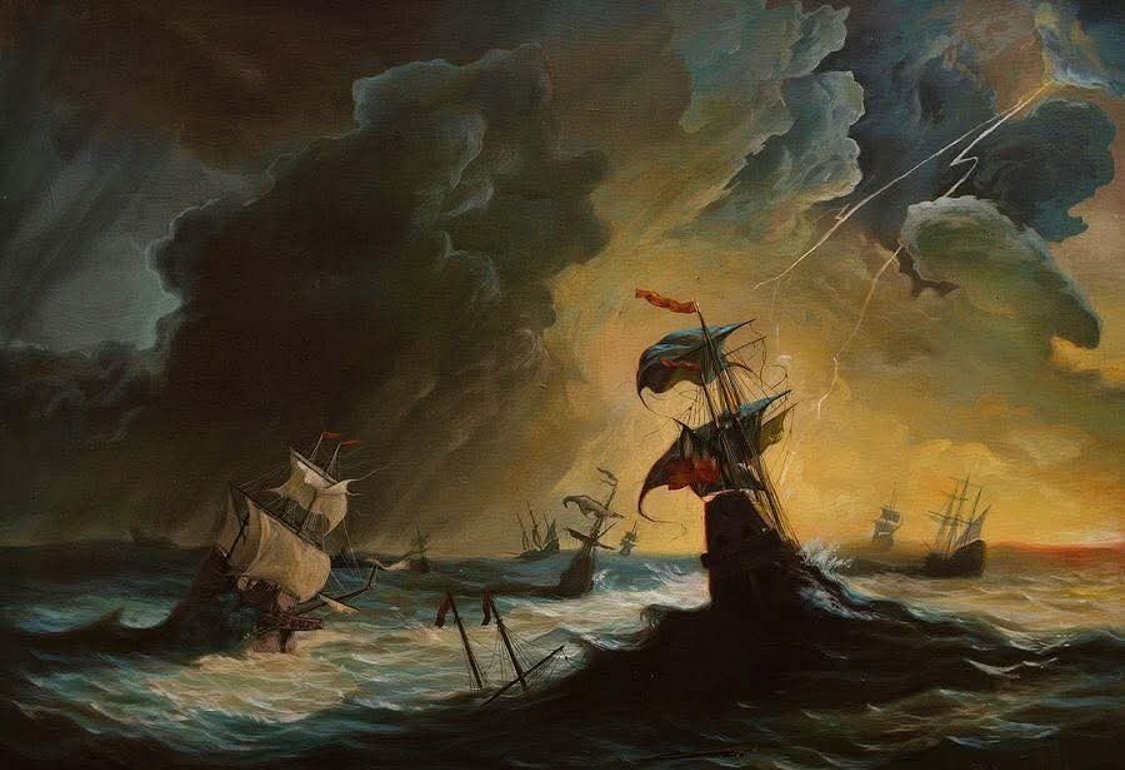
 Spain had built a system of extracting resources in the New World before shipping them back home via Treasure Fleets.
Spain had built a system of extracting resources in the New World before shipping them back home via Treasure Fleets. 